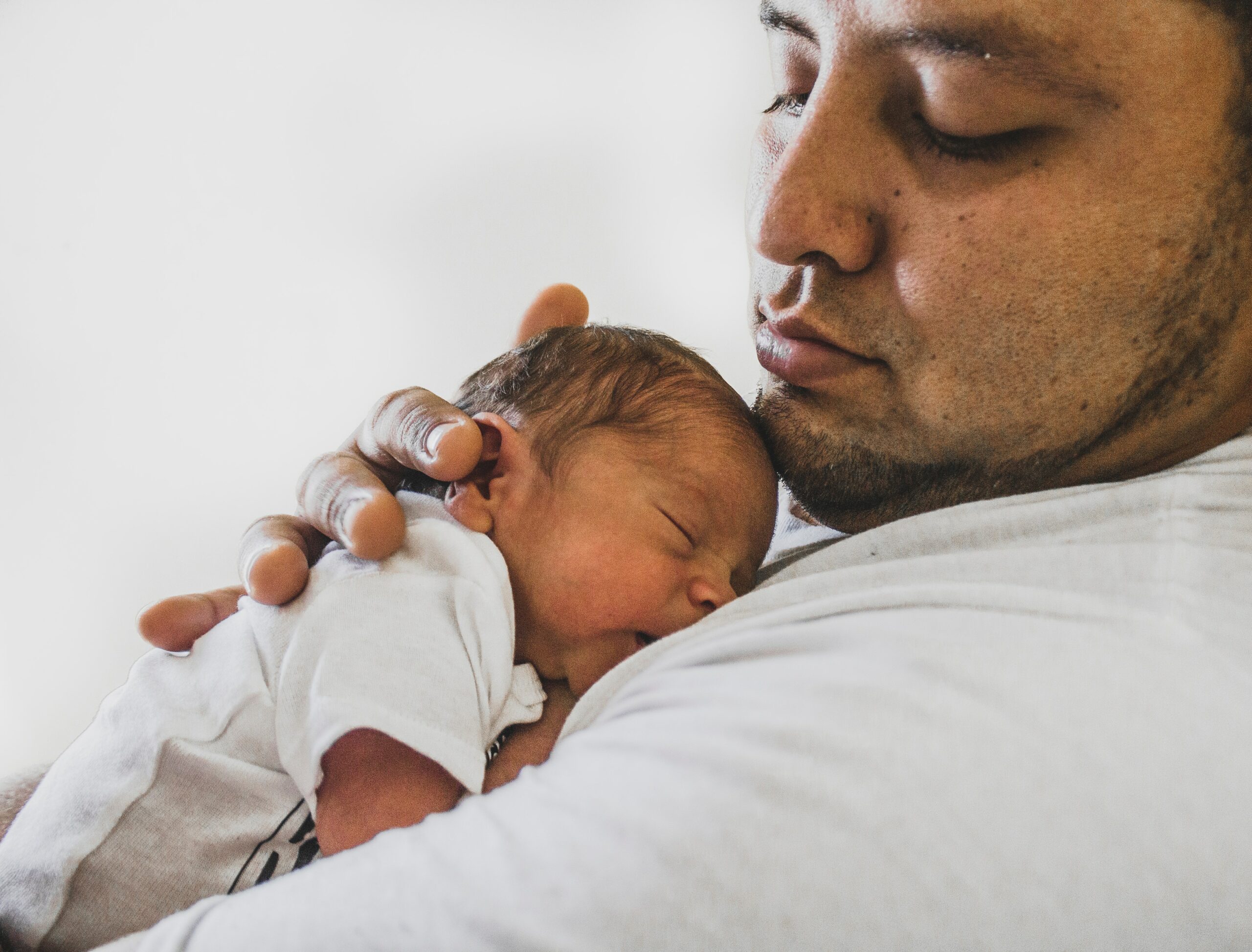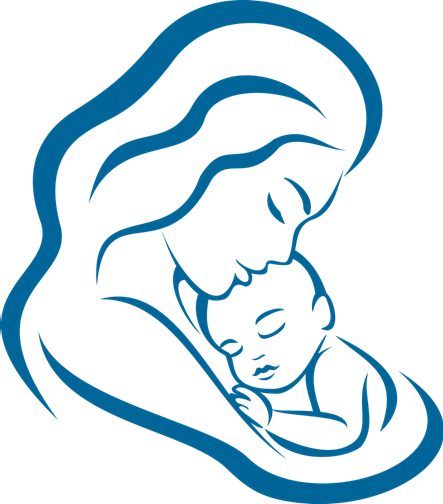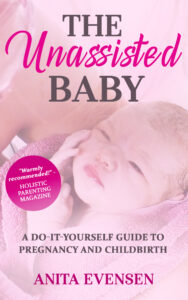How Do You Assist a Woman in Childbirth?
A laboring woman needs very little physical assistance. Her body is meant to give birth, and it will do so regardless of your involvement. If you’re dealing with a first-time mother, you may need to provide extra reassurance in the form of soothing encouragement. Of course, you should pay attention to the individual needs of the laboring woman. If she asks you to leave her alone, honor her wish. However, it’s best to remain nearby to assist her when necessary.
2 Things You Can Do to Assist a Woman in Labor
The two main things that you can do during labor are to make sure that the laboring woman is drinking and urinating regularly. During the early stages of labor, she may even be hungry. You should take her cues, but periodically offering her water to drink is easier than for her to have to ask you for it.
It’s very important to make sure that the laboring woman empties her bladder regularly, at least once every hour. A full bladder can actually impede the progress of labor. Plus, emptying the bladder also has the physical side-effect of relaxing the muscles are relevant during childbirth. However, during the end of the first stage of labor, it may feel very uncomfortable for the woman to sit on the toilet during a contraction.
Get Supplies Ready
Whether you’re waiting for birth attendants or planning on going through with this on your own, it’s your job to get the supplies ready. While you can easily find a long list of necessary birth supplies, you can cut it down to bare essentials if necessary. Especially for an unplanned, unassisted birth, you may not have everything ready. First, find some clean towels or sheets to wrap the baby in. At home, you can warm towels up in the dryer to help baby stay warm.
If you have the time, protect your flooring. Old tarps, mattress protectors, or even trash bags work can be used under blankets and bedding to prevent stains on your carpet or hardwood floors. If it’s possible, encourage the laboring woman to give birth near the bathroom. The shorter distance from the site of the birth to the bathroom, the less you’ll have to worry about blood dripping everywhere. You could also put towels or blankets on the floor to create a path to the bathroom.
Finally, you need to find something to cut the cord with. Cutting the cord doesn’t have to get done quickly. In fact, some people choose not to do it at all (it’s called a Lotus birth). Take your time and sterilize those scissors properly. If you don’t have scissors, a knife would work, too. But it’s really important to sterilize it first. All you need to do is put it in boiling water for a minute or two.

Evaluate Baby and Mother
When the baby is born, evaluate both baby and mother. If the baby is not breathing on her own, you need to clear her nose and mouth. It also helps to rub the baby’s back to get her going. If you don’t have a suction bulb, use your mouth to suction baby’s airways. This should not be necessary at every birth, but if the baby is turning blue, you have to act fast.
Both baby and mother will do better if they can just be together. Leaving the baby in mother’s arms will help the newborn regulate his temperature. It will also encourage breastfeeding, and most babies will be ready to latch on within the first hour. Instead of worrying too much about cleanup right away, you also need to keep an eye on the mother. If the new mother feels dizzy or is losing a lot of blood, get her to an emergency room ASAP.
For the most part, labor will progress on its own without your help. In fact, most of the time, it’s better not to interfere. As the attendant, it’s your job to get medical help if necessary and provide the basic supplies when needed. But for the mother, the benefits of having a birth attendant who cares will be very valuable indeed.
Dealing with Complications for the Baby during Childbirth
Only a few hundred years ago, it was not uncommon for babies to be stillborn or die within their first year of life. While these things still happen, your chances of having a healthy baby are pretty good.
In fact, complications are not likely for a healthy woman and a normal pregnancy.
Nevertheless, it’s not a bad idea to think about the risks your baby faces with giving birth. This is not about avoiding natural childbirth or driving yourself crazy with fear. But instead, knowing about possible complications ahead of time can help you make a decision if you need to.
Complications for the Baby
Complications for babies during childbirth abound. That’s why a large number of medical procedures and devices were designed to help babies be born. Unfortunately, intervening with birth usually comes with new complications and risks. Common concerns for babies during and after birth are (listed in no particular order):
- Breech birth
- Shoulder dystocia
- Umbilical cord prolapse
- Umbilical cord compression
- Baby not breathing at birth
Breech Births
You should know that breech births are not that common, but you can safely have a breech baby at home. The problem with breech births is most providers don’t feel comfortable delivering a breech baby. As it is, there are plenty of women who have successfully birthed a breech baby at home unassisted. When giving birth to a breech baby, it’s important to be in a good position (standing, squatting, etc.) that allows gravity to help. You also don’t want to start pushing too early. And finally, you should never pull on the baby’s body.
Shoulder Dystocia
Shoulder dystocia is also fairly uncommon, occurring in less than 2% of births. But when it happens, you need to act quickly. When the baby’s shoulder is lodged behind the pubic bone, the baby is literally stuck. Fortunately, the baby can be gently rotated by a skilled attendant in order to help the baby to be born. But as with breech births, the birthing position is important, and a laboring woman may instinctively act right by switching positions herself.
Umbilical Cord Prolapse or Compression
Umbilical cord prolapse and umbilical cord compression are similar in a way that they deprive the baby of oxygen. If the umbilical cord comes before any part of the baby is visible, an immediate C-section becomes necessary. Umbilical cord compression is usually only noticeable by monitoring the baby’s heartbeat. The problem with monitoring is that in most cases the baby is fine, but because of the constant monitoring women may undergo a C-section even though it’s not necessary at all.
Breathing Problems
A lot can happen after your baby is born. If you want to give birth at home, you may want to look into newborn resuscitation and CPR techniques, just to be on the safe side. Some babies just need a little more help initially. Fortunately, you don’t need any special tools to provide your baby with oxygen. But obviously, you will need to get help if your newborn is not responding and breathing on her own.

Managing Risks
With all the risks your baby faces during childbirth, you may feel overburdened. Some women hire a care provider and trust that everything will turn out right. But you have probably heard of people suing their doctors because the doctor didn’t do what they should have done. Some medical professionals try to mitigate risks by opting for a C-section just to be on the safe side. For example, they may automatically perform a C-section for a breech baby or for twins.
The problem with C-sections and other interventions is that they are not risk-free, either. A breech baby may even have additional problems because it was born via C-section. That doesn’t mean a C-section is never a good solution. But it definitely shouldn’t be the first choice, even for a breech birth. And since there are never any guarantees, you won’t necessarily know for sure what the best decision is. But you can educate yourself about your options and make the choice that’s right for you.
On the bright side, most of the time, childbirth is a natural, joyous event that ends with a healthy mother and a healthy baby. Of course, you hear more stories about births gone bad because that’s newsworthy. Plus, a woman with that kind of birth trauma is going to want to talk about it. Nevertheless, childbirth is not inherently risky. Otherwise, Earth would be a lot less populated with humans.
What If Something Goes Wrong during an Unassisted Birth?
When you talk to people about unassisted childbirth, their first thought is: “What if something goes wrong?”
This is certainly a valid concern. That’s one reason most people won’t ever attempt to give birth unassisted. The underlying fear in this question shows how childbirth is perceived: as risky and dangerous. Fortunately, it’s neither.
The best thing you can do is to educate yourself thoroughly. Technically, you don’t have to know anything to give birth, because your body takes care of it for you. However, to make the best decisions regarding the process of childbirth, you should know what you’re doing. This means you need to know:
· What to do in different situations (breech birth etc.)
· When to get help
· What to expect during labor and delivery
Preparing for a homebirth with a midwife is not the same as preparing for an unassisted birth. While you will probably have to get supplies ready, you’re not required to know anything about the process. On the other hand, when you plan on giving birth unassisted, you will naturally become very educated about childbirth.
Most complications occur because of unnecessary medical interventions, usually performed at the hospital. At home, where you feel calm and relaxed, you have the greatest chance to have the natural birth you want. You won’t be watching the clock, nurses won’t come to prod you under bright lights, and you can eat and drink as much as you want.
All in all, giving birth at home is pretty neat compared to doing it anywhere else.
And while you’re not hoping that something goes wrong, it’s important to have a plan B, just in case. Whether this means calling a midwife, going to the hospital, or calling 911 depends on your specific situation.
Are You Interested in Having a Homebirth?
The Unassisted Baby is THE comprehensive guide every woman needs to give birth on her own. It includes information about prenatal care, pregnancy concerns, how to have a homebirth, a homebirth supply checklist, signs of labor, stages of labor and birth, potential complications, and even a guide for fathers. Get your copy of this invaluable resource today!

